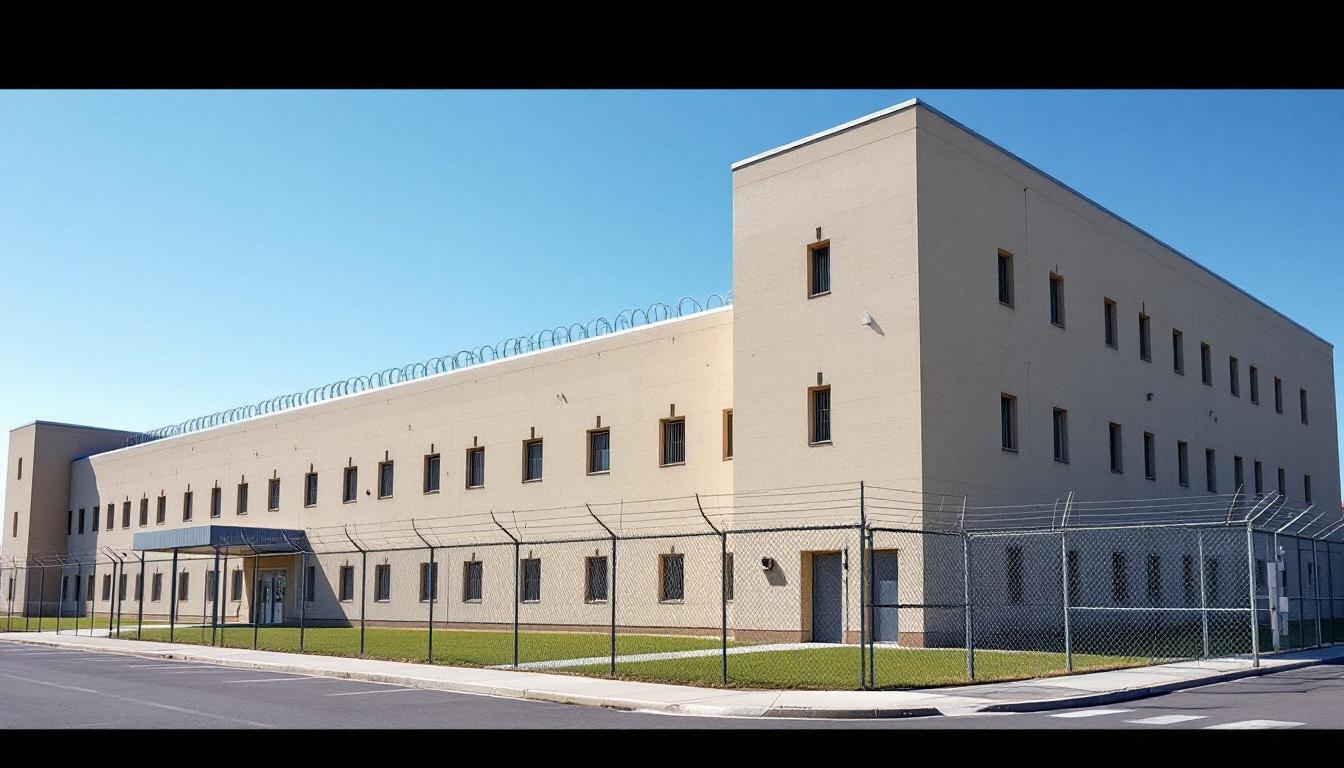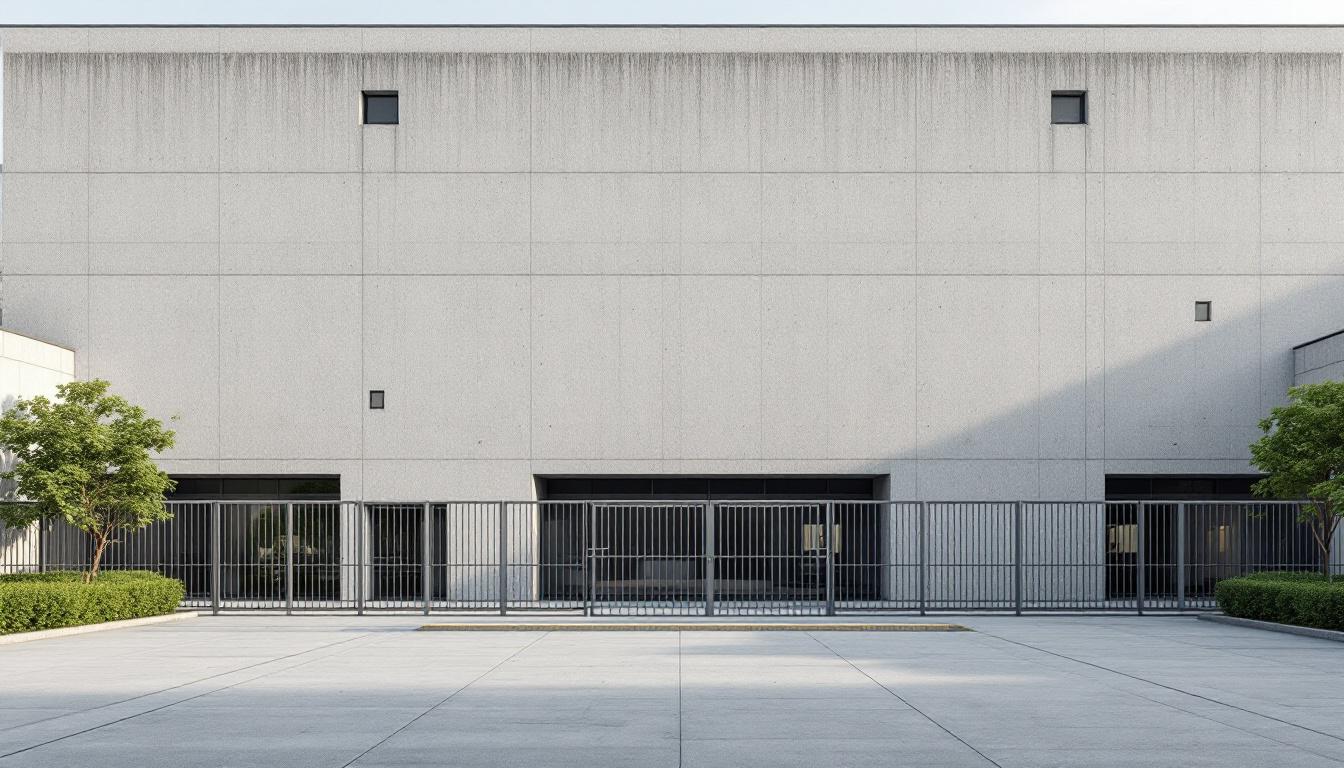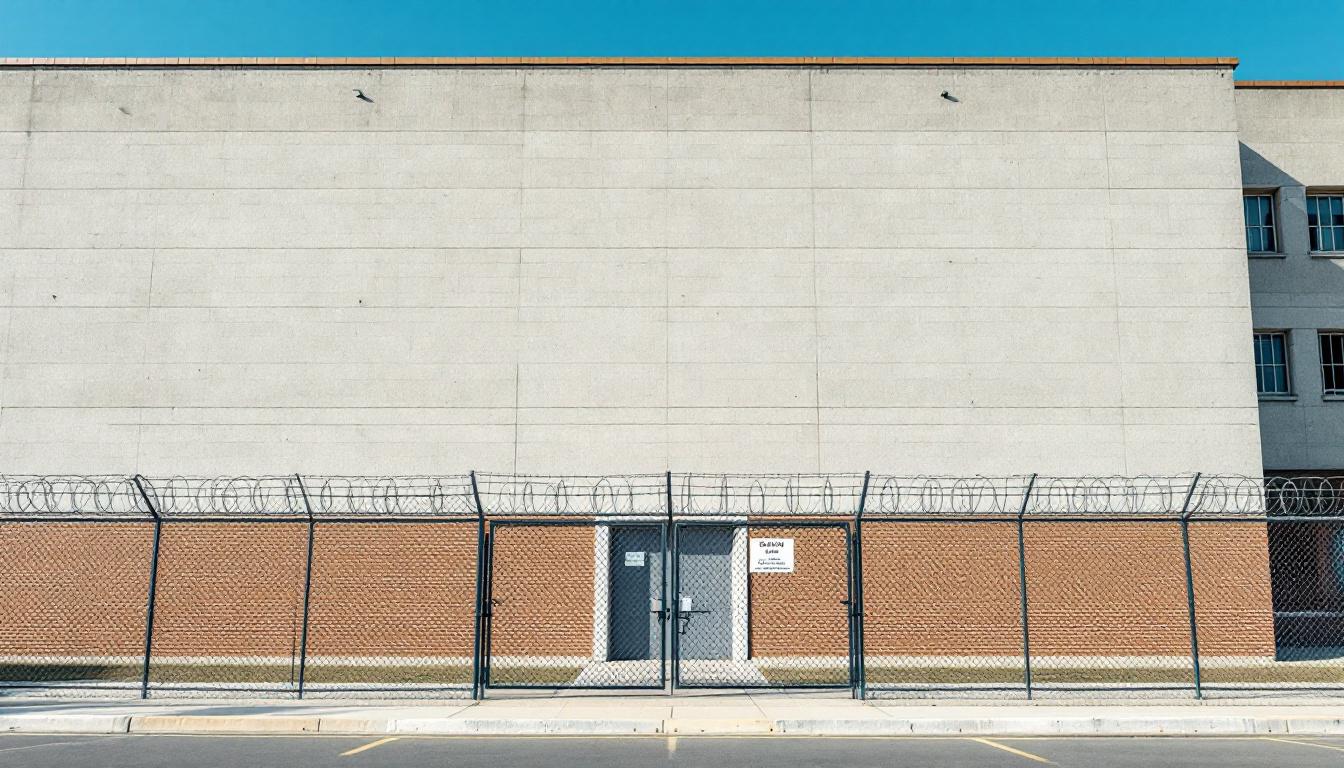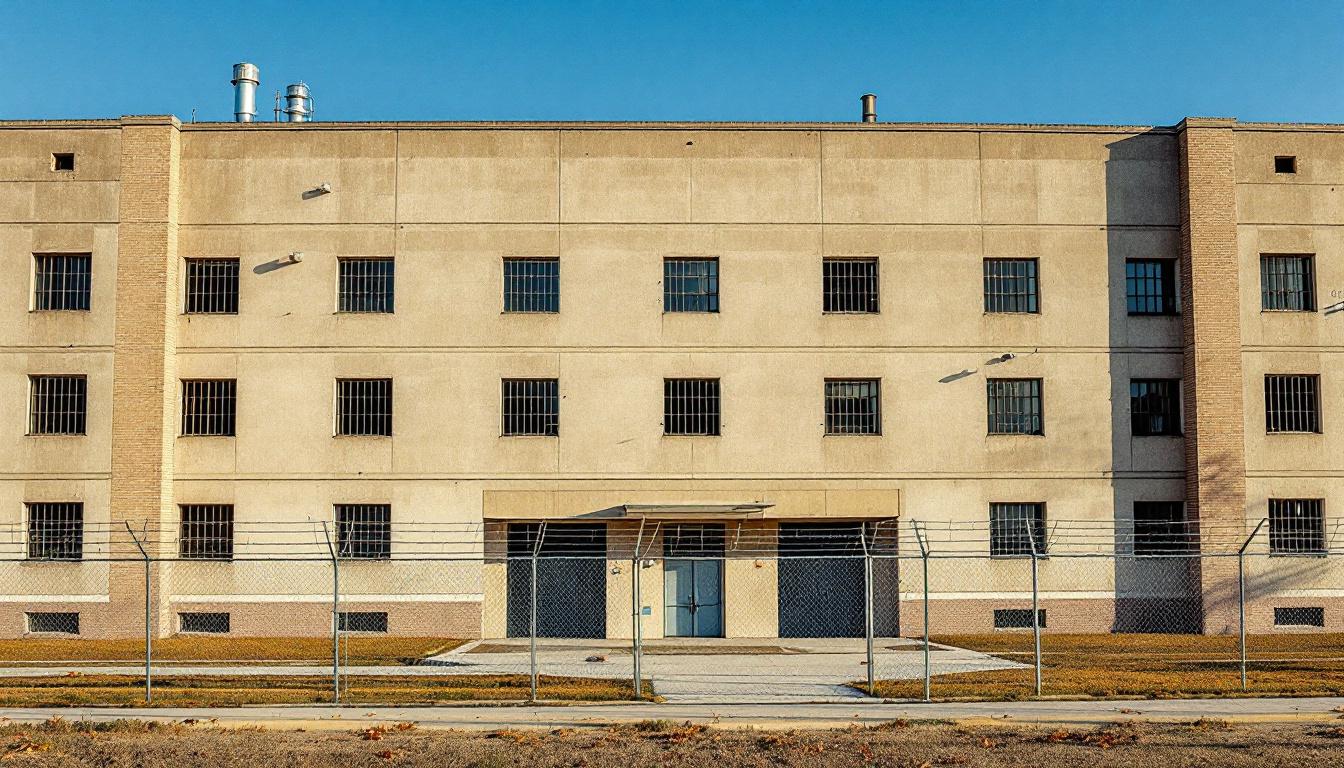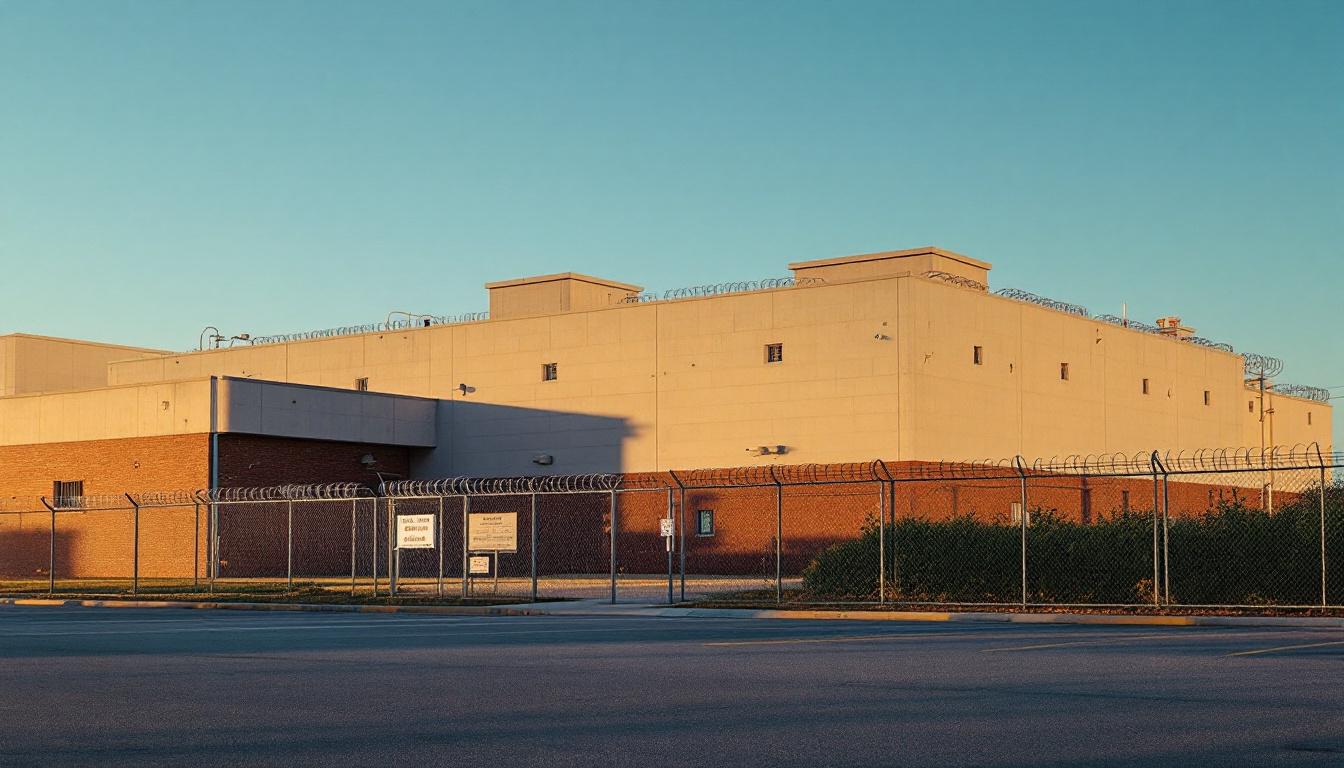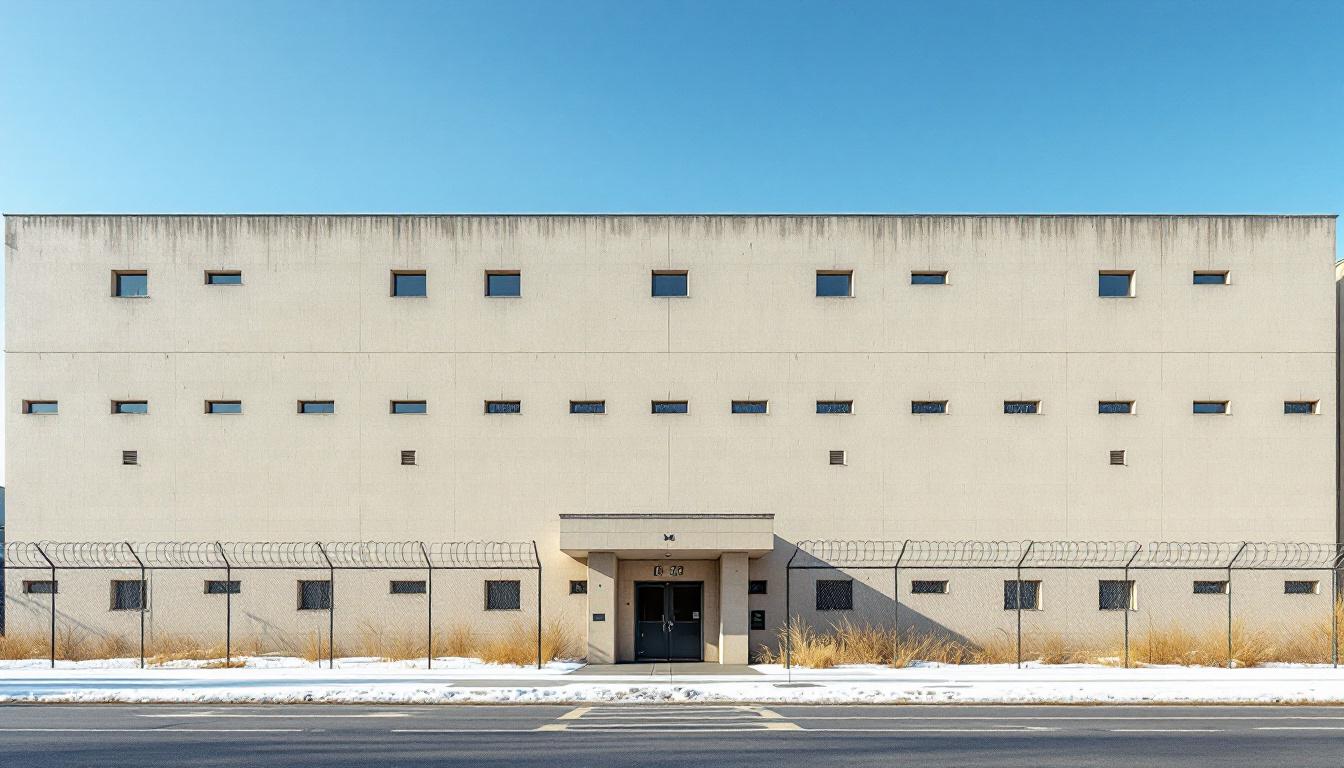
Quick Navigation
How to contact an inmate at Oakland County Jail
This comprehensive guide will walk you through how to connect with an inmate at Oakland County Jail. Follow the steps below to find an inmate and send letters and photos:
- Search for the inmate using our search tool below
- Create your account or log in to Penmate
- Write your message (up to 6,000 characters)
- Send instantly - inmates receive printed copies daily
Find an Inmate
Search for an inmate to start communicating today
Tip: You can search by first name, last name, or inmate ID number
To contact a person at Oakland County Jail start by searching for the person on the official facility website. Perform a search by following these steps:
- Step 1: Enter their first name and last name into the search form and click "Search"
- Step 2: Locate their inmate record
- Step 3: Write down their Inmate ID and any housing information provided
Important! Be sure to enter the person's full name. Nicknames should not be used.
How to Send Messages to Inmates

You can use your phone or computer to send emails, letters, and photos to an inmate. Messages are sent electronically to inmate tablets or kiosks at the facility. If you would like to send a message, start by searching for an inmate at Oakland County Jail.
Sending Photos and Postcards

A great way to send love and support to a loved one at Oakland County Jail is to send photos and postcards. It only takes a few minutes to send photos from your phone and it makes a huge difference. You can also mail postcards with words of support and inspiration, or design your own postcard for special moments like birthdays and holidays.
Important! Be sure not to send any explicit photos or they may not be approved by the facility. You can also use a photo printing app like Penmate to make sure your photos are printed at the correct size (4x6 or 3x5) and are mailed according to the rules and regulations of Oakland County Jail.
Frequently asked questions about Oakland County Jail
-
How long does it take to deliver a message?
If you're sending an email message your letter is usually delivered within 24-48 hours. For messages sent via mail you should expect delivery within 3-7 days. All messages will need be approved by Oakland County Jail.
-
How much does it cost to send a message to Oakland County Jail?
You can send a message free using your phone or mail a message via USPS for the price of a $0.60 stamp and envelope. You can also purchase credits or e-stamps from services starting at $1.99.
-
What services can I use to contact an inmate at Oakland County Jail?
Penmate
You can use Penmate to send letters and photos to an inmate from your phone. It's an easy way to stay in touch during your loved one's incarceration. Use the inmate locator to find an inmate's location and contact information, then you can send messages within a few minutes.
Securus messaging
Securus may be another option for communicating with an inmate at Oakland County Jail. You can create a friends and family account and purchase credits to send messages. All messages will be reviewed and must be approved by the facility.
JPay
Some county jails and state prisons may support sending messages with JPay. You must register an account with the system, find your loved one, and purchase stamps to send messages. For some locations you can also attach photos.
Smart Jail Mail
You may also check if Smart Jail Mail is available at Oakland County Jail. Smart Jail Mail is operated by Smart Communications and has contracted with some state and county jails. After purchasing credits, your messages and photos are sent to the facility, printed out, and then handed out to your loved one.
-
What is the mailing address of Oakland County Jail?
Mailing address:
Oakland County Jail
1201 Telegraph Rd
Pontiac, MI 48341
Phone: (248) 858-1800Business hours:
- Monday: Open 24 hours
- Tuesday: Open 24 hours
- Wednesday: Open 24 hours
- Thursday: Open 24 hours
- Friday: Open 24 hours
- Saturday: Open 24 hours
- Sunday: Open 24 hours
-
What are the visiting hours at Oakland County Jail?
Visiting hours at Oakland County Jail vary by housing unit and security level. Generally, visits are scheduled on weekends and holidays, with some facilities offering weekday visits. Contact the facility directly at (248) 858-1800 or check their website for the current visiting schedule. Visits typically last 30-60 minutes and must be scheduled in advance.
-
What items are prohibited when sending mail to Oakland County Jail?
Prohibited items typically include: cash, personal checks, stamps, stickers, glitter, glue, tape, staples, paperclips, polaroid photos, musical or blank greeting cards, hardcover books, magazines with staples, and any items containing metal or electronics. Only send letters on plain white paper with blue or black ink. Photos must be printed on regular photo paper (no Polaroids). Always check with Oakland County Jail for their specific mail policies.
-
How do I send money to an inmate at Oakland County Jail?
You can send money to an inmate at Oakland County Jail through several methods: 1) Online using JPay, Access Corrections, or the facility's approved vendor, 2) Money orders mailed directly to the facility with the inmate's name and ID number, 3) Kiosks located in the facility lobby, or 4) Over the phone using a credit or debit card. Fees vary by method, typically ranging from $2.95 to $11.95 per transaction.
-
Can I schedule a video visit with an inmate at Oakland County Jail?
Many facilities now offer video visitation as an alternative to in-person visits. At Oakland County Jail, video visits may be available through services like Penmate, Securus Video Connect, GTL, or ICSolutions. Video visits typically cost $10-20 for 20-30 minutes and must be scheduled in advance. You'll need a computer or smartphone with a camera and reliable internet connection. Contact the facility for their specific video visitation policies and approved vendors.
-
What identification do I need to visit an inmate at Oakland County Jail?
All visitors must present valid government-issued photo identification such as a driver's license, state ID, passport, or military ID. Minors must be accompanied by a parent or legal guardian who can provide the minor's birth certificate. Some facilities require visitors to be on the inmate's approved visitation list, which may require a background check. Contact Oakland County Jail for specific ID requirements and visitor approval procedures.
-
How can I find out an inmate's release date?
To find an inmate's release date at Oakland County Jail, you can: 1) Use the online inmate search tool if available, 2) Call the facility's records department, 3) Contact the inmate's case manager or counselor, or 4) Have the inmate provide this information during a call or visit. For privacy reasons, some facilities only release this information to immediate family members.
Facility Overview
Official Website
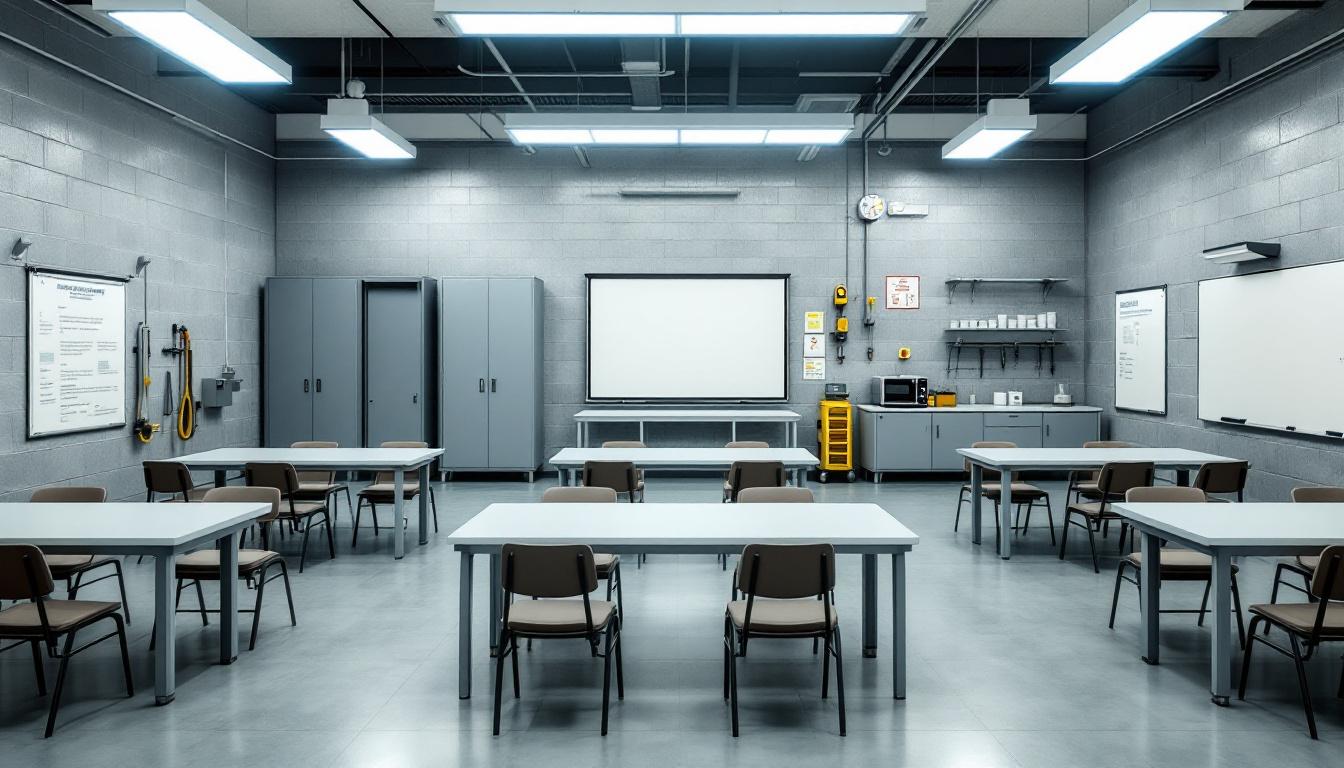
About Oakland County Jail
Community safety and individual transformation intersect daily within the operations of Oakland County Jail, MI, where structured processes guide both security protocols and rehabilitative programming. Located in Seminole, this MI correctional facility operates as an integral component of the regional justice system, processing individuals through various stages of the legal process while maintaining focus on outcomes that benefit both residents and the broader community. The facility typically emphasizes systematic approaches to housing, classification, and program delivery that align with Michigan's correctional standards and community expectations.
Through carefully developed procedures, the county jail generally provides inmates services that may include educational opportunities, substance abuse programming, and mental health support designed to address underlying factors contributing to criminal behavior. Staff members typically follow established protocols for intake processing, housing assignments, and program participation that prioritize both institutional security and individual development. The facility often coordinates with local organizations and service providers to create pathways for successful community reintegration, recognizing that effective rehabilitation requires comprehensive support systems extending beyond the facility walls.
Oakland County Jail's commitment to security and rehabilitation manifests through structured daily operations that balance supervision requirements with programming opportunities. The Seminole location generally serves individuals from surrounding areas, providing temporary housing during legal proceedings while offering access to services that may support positive behavioral changes. Through systematic implementation of evidence-based practices common to midwest region correctional facilities, the institution typically works toward outcomes that enhance public safety while supporting individual accountability and personal growth among those in its care.
Programs & Services
Personal transformation through structured intervention forms the cornerstone of rehabilitative services at Oakland County Jail, where inmates encounter opportunities designed to address underlying factors contributing to criminal behavior. The facility's comprehensive approach recognizes that meaningful change requires multifaceted support, combining skill development with therapeutic intervention to foster lasting behavioral modification. Through carefully coordinated services, participants may engage in evidence-based practices that emphasize accountability, personal responsibility, and the cultivation of pro-social attitudes essential for successful community reintegration.
Educational and vocational services typically provide inmates with practical pathways toward economic stability upon release. The facility often includes vocational education opportunities that may encompass specialized training in trades such as welding, equipping participants with marketable skills valued in the regional employment landscape. In addition to this technical preparation, comprehensive education programs frequently address fundamental academic deficiencies, offering inmates the chance to pursue literacy development, GED completion, or other educational milestones that enhance their competitive positioning in the job market.
Support services extend beyond traditional programming to encompass holistic reentry preparation and therapeutic intervention. The prisoner reentry initiative may provide structured guidance for navigating the complex transition from incarceration to community life, addressing practical concerns such as housing, employment placement, and ongoing support network development. Facility maintenance programs often serve dual purposes, providing inmates with valuable work experience while contributing to institutional operations, thereby fostering a sense of responsibility and community investment that supports long-term behavioral change.
Daily Life & Visitation
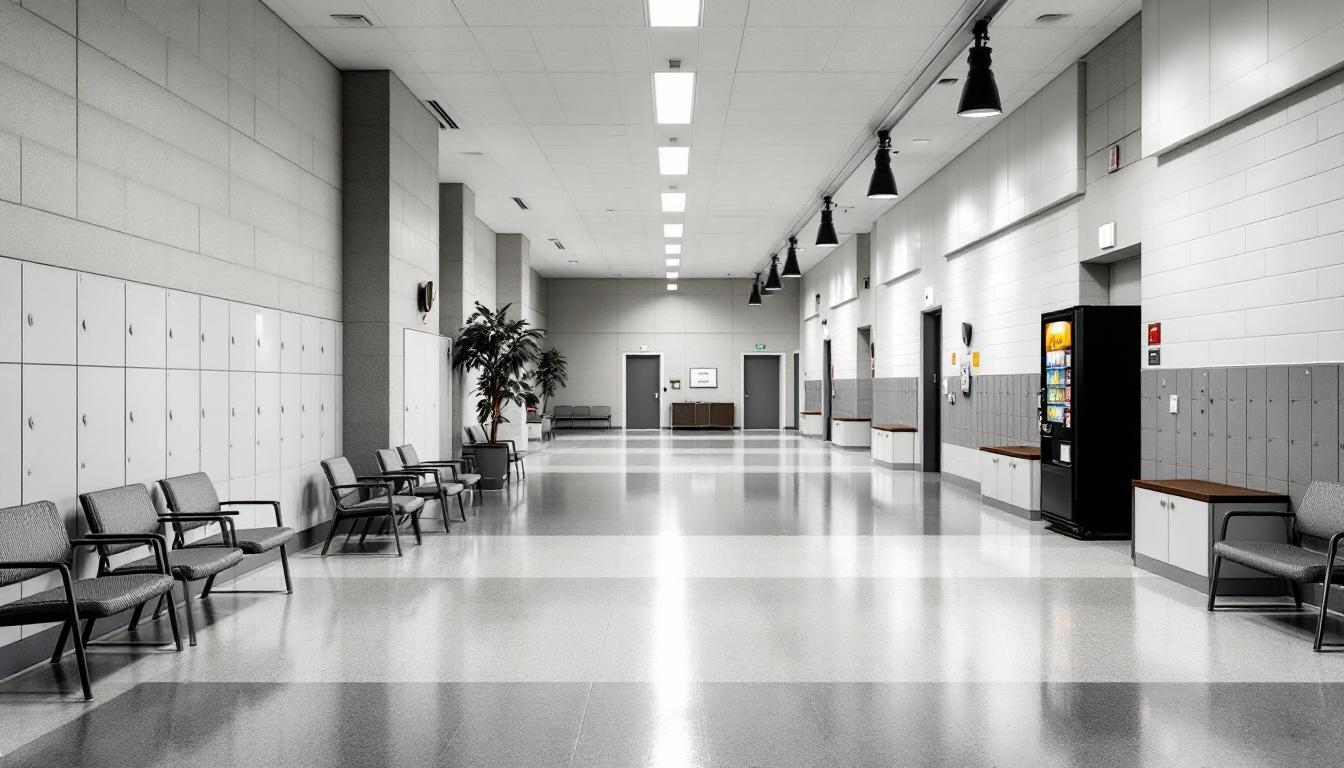
The concrete walls and fluorescent lighting of the housing units create an institutional atmosphere where inmates now find themselves navigating a highly regimented environment designed around security and supervision. Within these structured surroundings, residents regularly adapt to a daily rhythm that begins with early morning counts and extends through scheduled meal times, programming sessions, and evening lockdown procedures. The facility's layout typically includes multiple housing pods or units, each containing individual cells or dormitory-style accommodations where inmates spend significant portions of their day.
Living accommodations generally consist of basic furnishings including a bed, desk area, and storage space for approved personal items, with inmates often sharing cells or dormitory spaces depending on the housing unit assignment. Meals are typically served in designated dining areas or delivered to housing units, providing structured times for social interaction among residents. The commissary system allows inmates to purchase additional food items, hygiene products, and other approved goods using funds from their institutional accounts, which family members can support through regular deposits.
In addition to this basic routine, the facility may offer various recreational activities such as television viewing, reading materials from the library, and limited exercise opportunities in designated areas. Programming schedules often include educational classes, substance abuse counseling, and religious services that provide structure and personal development opportunities. Despite this institutional setting, inmates typically maintain connections with family through scheduled visitation periods, telephone calls, and correspondence, which serve as vital lifelines to the outside world and help residents cope with the challenges of incarceration while working toward their eventual reintegration into the community.
Ready to Connect?
Start communicating with your loved one today
Search for an Inmate




